Short answer:
This has nothing to do with opacity. For some more details take a look below at the complete answer. To obtain consisteny between a figures with many and few observations, you'll have to set the width of the bar line to zero, and set bargap to zero like in the next code snippet. Using a color like rgba(0,0,250,0) you can also select any opacity you'd like through the last digit.
fig.update_traces(marker_color = 'rgba(0,0,250, 0.5)',
marker_line_width = 0,
selector=dict(type="bar"))
fig.update_layout(bargap=0,
bargroupgap = 0,
)
Plot 1a - Few observations

Plot 1b - Many observations

The details:
This has nothing to do with opacity. You're asking plotly to build a bar-plot, and apparently barplots according to plotly must have a space between the bars. So for a few observations you'll get this:

And for many observations, as you have demonstrated, you'll get this:

The color of the bars has not changed, but it seems like it since plolty squeezes in a bit of space for many more observations.
I initially thought this would be amendable through:
fig.update_layout(bargap=0,
bargroupgap = 0,
)
But no:

In order to increase consistency between smaller and larger selectoins, you'll have to select the same color for the bar fill as for the line color of the bar, like blue.
fig.update_traces(marker_color='blue',
marker_line_color='blue',
selector=dict(type="bar"))

But there's still a little color difference between the bars if you zoom in:

And this becomes clearer for lighter colors:

But the best solution turned out to be setting marker_line_width = 0 like described at the beginning of the answer.
End result:

Complete code:
import numpy as np
import pandas as pd
import plotly.graph_objects as go
import plotly.express as px
import datetime
from plotly.subplots import make_subplots
pd.set_option('display.max_rows', None)
# data sample
nperiods = 50
np.random.seed(123)
df = pd.DataFrame(np.random.randint(-10, 12, size=(nperiods, 2)),
columns=['price', 'divergence'])
datelist = pd.date_range(datetime.datetime(2017, 1, 1).strftime('%Y-%m-%d'),periods=nperiods).tolist()
df['date'] = datelist
df = df.set_index(['date'])
df.index = pd.to_datetime(df.index)
# df.iloc[0] =1000
# df = df.cumsum().reset_index()
df.reset_index(inplace=True)
df['price'] = df['price'].cumsum()
df['divergence'] = df['divergence'].cumsum()
filtered = df[(df['date'] > '2017-1-24') & (df['date'] <= '2018-1-24')]
fig = make_subplots(specs=[[{"secondary_y": True}]])
fig.add_trace(
go.Bar(
x=filtered['date'],
y=filtered['divergence'],
#opacity=0.5
)
)
fig.add_trace(
go.Scatter(
x=filtered['date'],
y=filtered['price'],
mode="lines"
),
secondary_y=True
)
fig.update_traces(marker_color = 'rgba(0,0,250, 0.5)',
marker_line_width = 0,
selector=dict(type="bar"))
fig.update_layout(bargap=0,
bargroupgap = 0,
)
fig.show()










